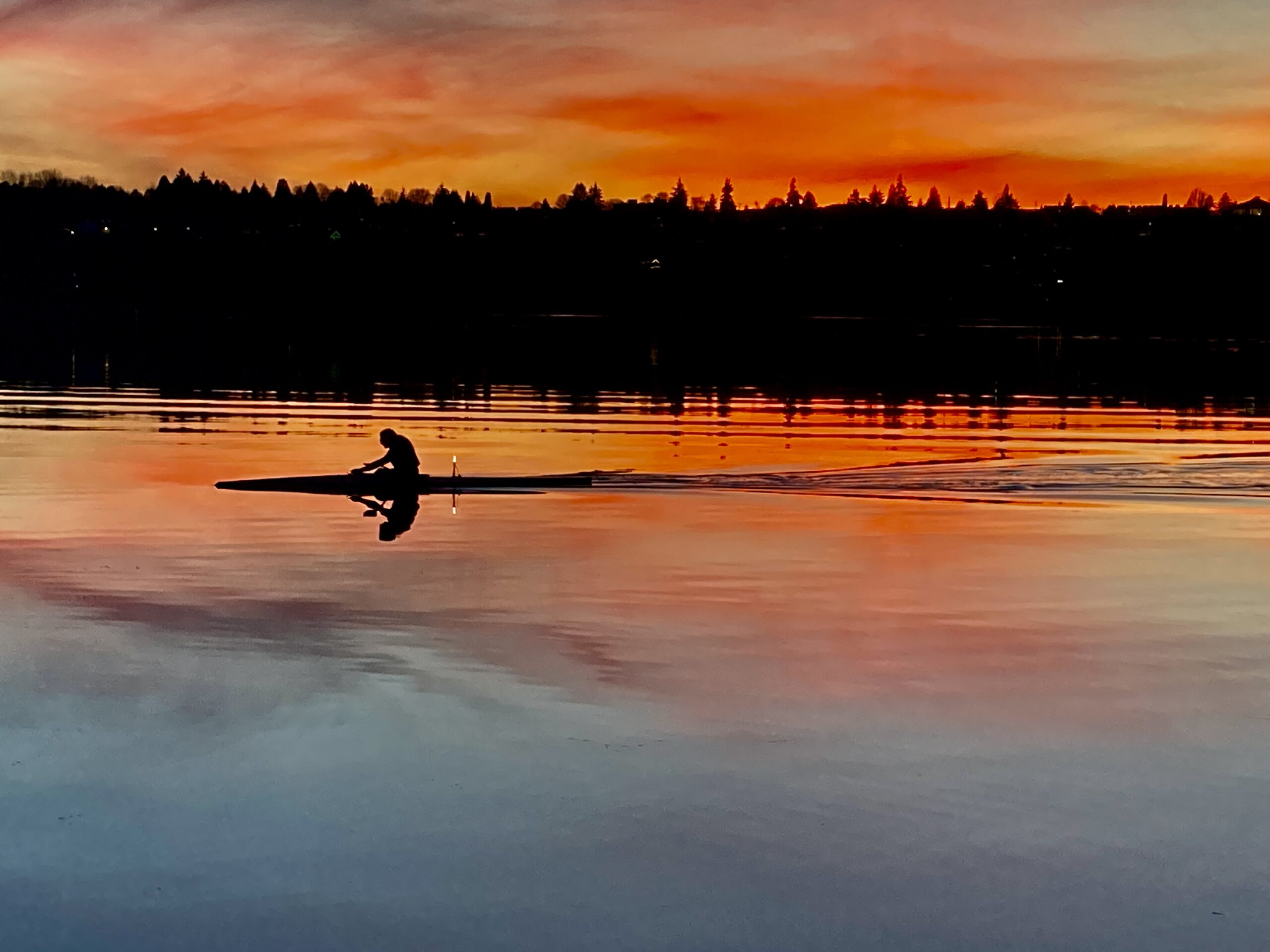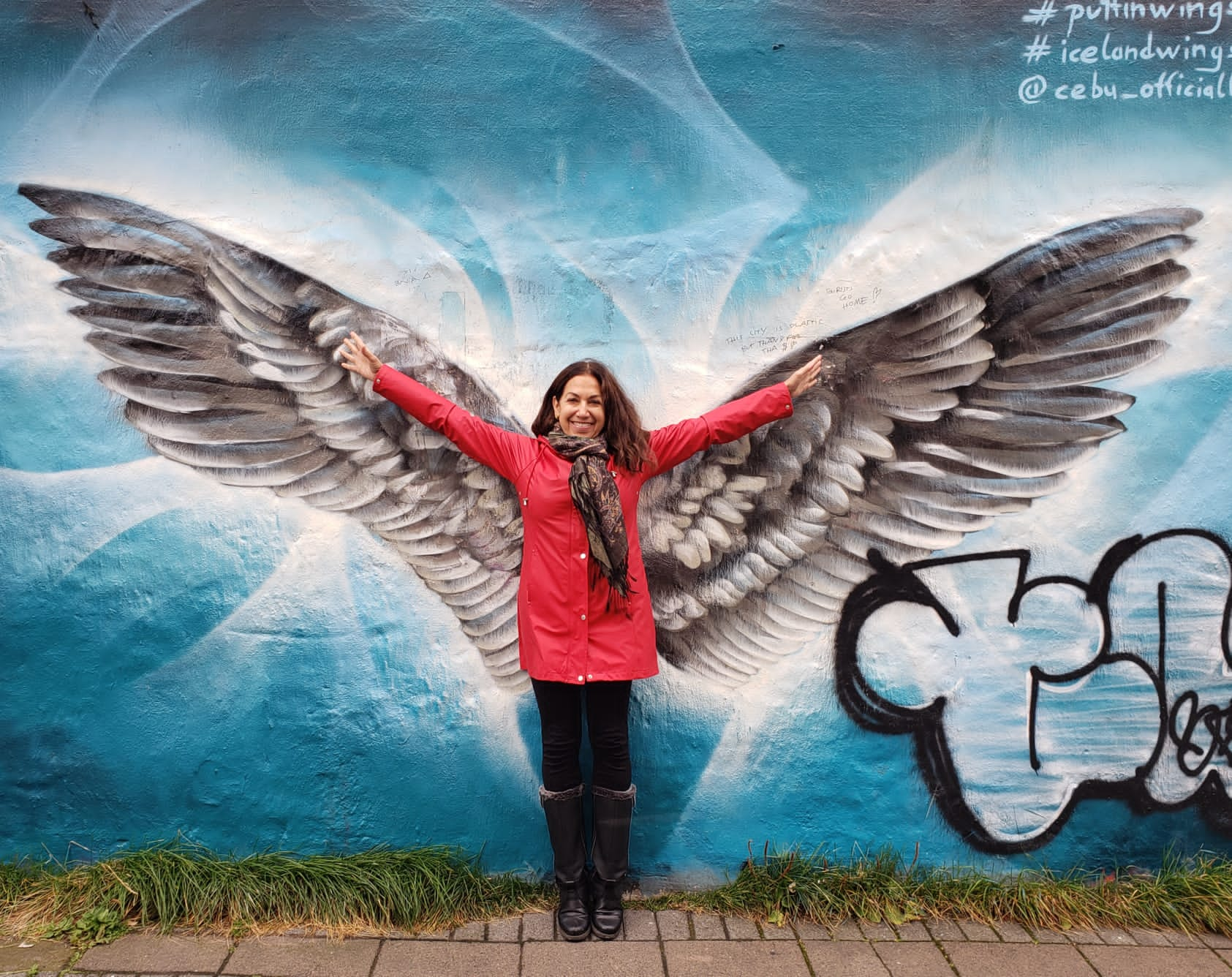The day started with sunrise yoga. Yoga in India!! The sunrise, the grounds, the yoga was all very dreamlike. The sun rose as the moon set. We practiced Salutations to the Moon.




Imagine hiking along a ridge and spotting an unusual formation in the far distance. This strange rock formation is peaking out at you, within an enormous horseshoe rock-face wall across the valley. You are not quite sure what you are looking at, but you are pretty sure you see a man-made vaulted entrance, almost entirely covered by vines and forest. Your curiosity is enough to make slide your way down the treacherous cliff, ford the Waghora River, and bushwhack your way up a steep ravine until you reach that spot you saw from so far away. You machete your way through the dense greenery to an incredible find: the Ajanata Buddhist Caves.

More thrilling than any Indiana Jones film ever made, this scenerio really happened. The year was 1819, the place is outside of Aurangabad in India, and the discoverer of the immense and beautifully preserved caves that had been hidden for centuries was a British official named Jon Smith. However, Smith wasn’t hiking. He was tiger hunting up on the ridge when he saw the vaulted arch above one of the caves hidden openings. He was soon to discover 30 significant hidden caves within the area.

The Ajanta caves are a UNESCO World Heritage Site. The man made caves were carved directly out of the stone, monolithic and impressive. It took 700 years to carve out the caves between the 2nd century BC and the 6th century AD. The walls of the caves are covered in frescoes, which contain some of India’s most precious and valued art.

- Buddhist monks lived in these caves
- The rock was chiseled out by humans along. No animals were used in carving out the caves. The rocks were small fragments and they were dumped into the river where they would quickly erode by force of the river.
- Once the caves were abandoned, dense forests covered them and they were forgotten
- The wall frescoes depict various years and events in the life of Buddha.
- The frescoes depict scenes from the royal court (patrons of the cave building and art work)
 Above, a lotus flower painted on a ceiling
Above, a lotus flower painted on a ceiling
I used to think this (below) was a reclining Buddha (it is enormous), but learned today the statue shows Buddha as having just died. I couldn’t capture the whole statue with my camera…. Below his peaceful corpse are depictions of the humans who wail, grieve, and appear to be inconsolable. Above the Buddha are depictions of the happy heavenly creatures who eagerly await his spirit’s arrival. Above his body are images of angels and cherubs laughing and dancing in anticipation of a heavenly celebration.

One of the bejeweled queens, with fancy headdress and relaxed heavy eyes. 
Our group:
Posing with the school children:

Jack poses with the shoe man. You have to remove your shoes before entering temples in India. This man is paid to guard our shoes! Arvind paid him for the important task and later tipped him. Even so, at one point, this man raised his pant leg and showed me an ace band wrapped around his presumed injured knee and he promptly asked me for an additional tip.

Arvind on his iphone, tending to details.







Brings me back to India. To our journey a few years ago. Thanks for the pictures and the great true stories about the lost caves and Buda! Pleas say hi to Arvind for me and Lynn.
🙂
Arvind’s says hello!! ❤️❤️
Nice play on words, “peaking,” Fran! Love the Dead Buddha photo. Also, the pic of Arvind with all the shadowed space stretching toward the camera.
I love reading about this trip in Southern India — it is bringing back amazing memories of my trip there with Fran two years ago. It is a magical place, and traveling with Fran, Kelley and Arvind giving social, cultural and historical perspectives makes it incredibly special. Thank you Fran for your beautiful pictures and words!
Exquisite, the colors, the reflections and the shared yoga. Wonderful to share them with you all. namaste